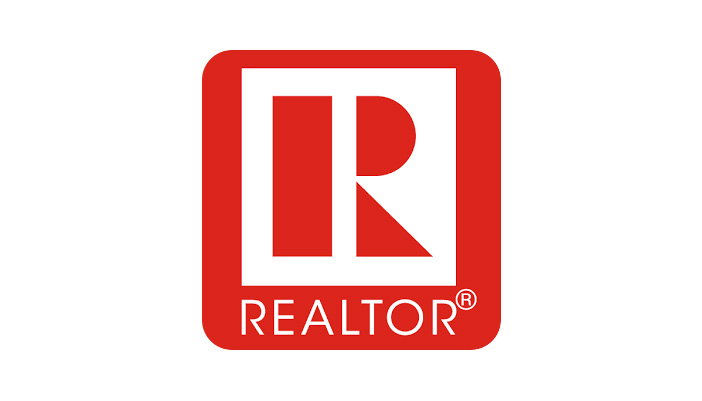Top agent tips and tricks for owning Instagram, Facebook and Snapchat
Whether you’re browsing Instagram, Facebook or Snapchat, you can find everyone from
real estate agents to mortgage companies taking advantage of these platforms to increase brand awareness, lead generation, sales and much more.
But what are the best practices for using these platforms for marketing and networking — and when does social outreach go too far?
To keep up with players like
Nextdoor and Punchbowl, Facebook recently debuted an ad product with capabilities specifically for residential brokerages. The
Dynamic Ads for Real Estate allows real estate agents to target Facebook and Instagram users who have recently searched properties on a brokerage’s website.
“Facebook is where the consumer’s eyes are all day long – traffic lights, during commercial breaks, even during work. Advertising on Facebook is the best bang for the buck right now for real estate agents,” said top producing Keller Williams Integrity agent Taylor Wilson.
Wilson offers other real estate agents the following advice for utilizing Facebook to its full capacity:
- Use the new “Story” feature. People love seeing a day in the life of a real estate agent: a quick video working on a contract in the morning, a client lunch, showings at a cool new house, maybe some more showings and a closing all in one day.
- Share posts consistently including personal content and big wins.
- Geo-target to your core demographic. Facebook has some of the most evolved advertising capabilities and is constantly expanding its offerings when it comes to real estate.
- Avoid over promotional posts. Followers can sniff out marketing a mile away, so being genuine in any social network setting always gets the best response.
- Avoid posting too much about business. Aim for four personal posts to every one-business post.
- Don’t post about politics, unless you want to lose half your clients.
The power of additional social platforms like Instagram and Snapchat should not to be ignored by agents, as they make it easier to share great photos of homes and engage with potential buyers.
In addition to Instagram’s
photo and video advertising capabilities, the platform’s unique hashtag qualifiers allow agents to target specific posts and profiles and maximize content reach to potential buyers.
Wilson recommends keeping a pulse on Instagram hashtags and engaging with key audiences by liking other photos that have likeminded hashtags (#NewHomeOwner, #RealEstate, #FirstHouse, etc.) to establish credibility and build out your network.
Snapchat’s location settings and
Snap Maps are also a resource to help followers and potential buyers better understand real estate agents’ specialty areas of practice.
Rules of thumb
When used appropriately and professionally, social media and digital platforms are powerful tools for relationship building and marketing, not just in real estate, but in all industries.
Businesses are seeking users’ attention and using social media giants to create resonating messages, grow awareness and connect to customers in more genuine and meaningful ways.
Key takeaways for real estate agents to help maximize their reach through social platforms include:
- Post frequent, professional (nothing you wouldn’t want “grandma to see”) content at a regular pace, and be sure to include personal content so buyers can get to know you better on a personal level.
- Post four personal posts to every one business or self-promotional post.
- Utilize platforms’ enhanced geo-targeting and demographic targeting capabilities to reach your core buyers.
- Although it is important for real estate agents to maintain a personal feel for content, avoid sending potential or current clients direct messages — this may come across as intrusive and too personal.
With these tips, real estate agents can take advantage of social media and expand their business at the tap of an app.
Source: inman.com













